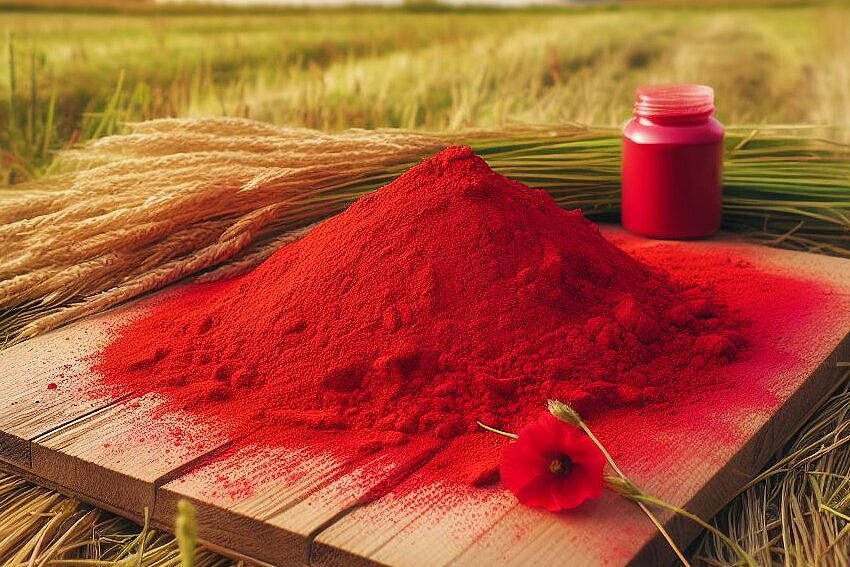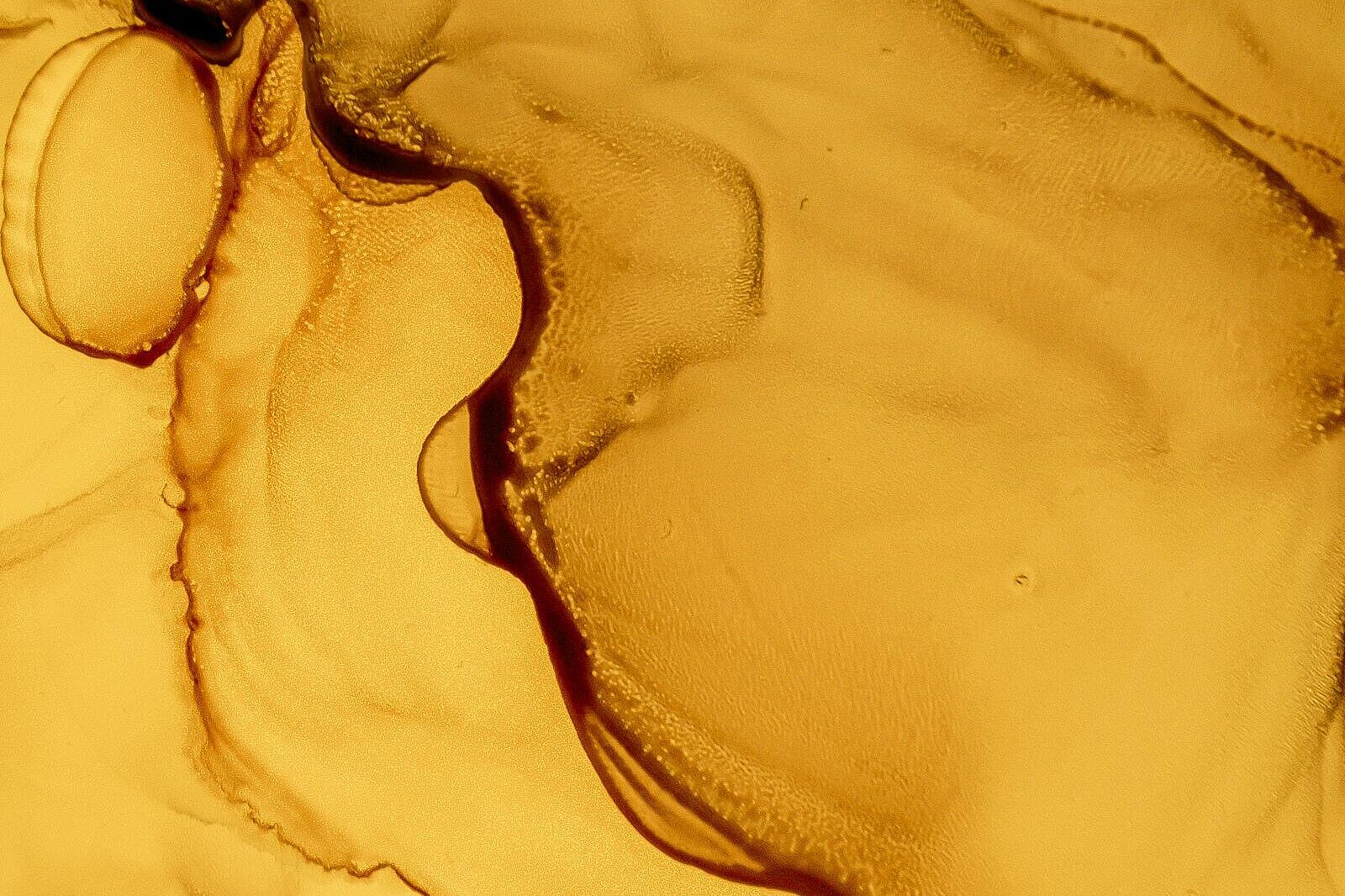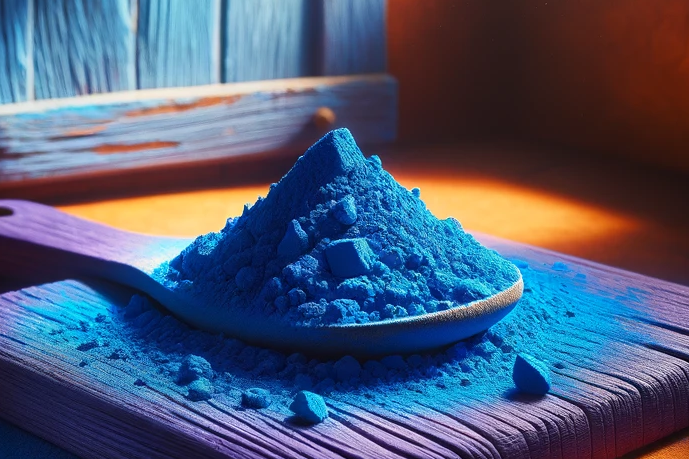Erythrosine

Why is erythrosine used in veterinary medicines?
Erythrosine is used in some veterinary medicines to differentiate them from other products or to make dosing easier. For example, the antibiotic Twinox 200 mg/50 mg tablets for dogs contain 0.25 mg erythrosine per tablet to give them a pale pink color. The antibiotic Clavucill 200 mg/50 mg tablets for dogs also contains the same amount of erythrosine. These tablets are used to treat infections of the skin, urinary tract, respiratory tract and intestines in dogs caused by bacteria that are sensitive to the active ingredient combination amoxicillin and clavulanic acid.
What are the benefits of Erythrosin for dogs?
Erythrosine has no direct health benefits for dogs. It merely serves as a colorant to make the drugs more appealing or recognizable. The effect of the medicines does not depend on the colorant, but on the active ingredients they contain. However, erythrosine can indirectly contribute to your dog accepting his medication better or to you giving him the right dose.
What are the disadvantages of erythrosine for dogs?
Erythrosine is a controversial dye that is banned or restricted in some countries such as the USA or Japan. The reason for this is that erythrosine is suspected of being harmful to health. There are some studies that suggest that erythrosine could increase the risk of thyroid cancer by impairing the function of the thyroid gland. Erythrosine could also trigger allergic reactions or intolerances, especially in people or animals with hypersensitivity to azo dyes. Possible symptoms include skin rashes, itching, breathing difficulties or gastrointestinal complaints.
How much erythrosine is safe for dogs?
There is no precise information on how much erythrosine is safe for dogs. The European Food Safety Authority (EFSA) has set an acceptable daily intake (ADI) of 0.1 mg per kilogram of body weight per day for humans. This amount is considered safe for health if it is not regularly exceeded. There is no such limit for dogs, but it can be assumed to be similar. This means that a dog weighing 10 kg should not consume more than 1 mg of erythrosine per day.
How can you protect your dog from the adverse effects of erythrosine?
If your dog needs to take a veterinary medicine containing erythrosine, you should follow your vet's instructions and not exceed the recommended dose. You should also make sure that your dog does not consume other products containing erythrosine, such as food or treats containing this dye.
Erythrosine is an artificial colorant used in some veterinary medicines for dogs. It has no direct health benefits for dogs, but only serves as a colorant. However, it does have some disadvantages, such as an increased risk of thyroid cancer or allergic reactions. To protect your dog from these disadvantages, you should not exceed the dose of the veterinary medicine and avoid other products containing erythrosine.
If you notice any signs of hypersensitivity or poisoning in your dog, you should see your vet immediately. We are not a substitute for a vet, but we try to be as accurate as possible. Every dog reacts differently and we recommend you get a second opinion or consult your vet if in doubt.
Stay healthy and take good care of your four-legged friend!😊
Similar to Erythrosine
Allura red is a synthetic dye made from petroleum. It belongs to the azo dyes, which form a large group of dyes that contain an azo bridge (-N=N-). Allura red has the molecular formula C18H14N2O8S2...
Tartrazine is a yellow to orange dye that is added to foods, cosmetics and medicines to give them an appealing color. It is obtained synthetically from coal tar, a black and smoky substance that is...
Brilliant blue FCF is a reddish-blue powder that is soluble in water. It has the chemical formula C37H34N2Na2O9S3 and a molar mass of 792.85 g/mol. It consists of two benzene rings linked by a...
Sun yellow FCF has some disadvantages and risks, especially for dogs. It can trigger allergic reactions such as skin rashes, itching, breathing difficulties or asthma. It can also affect the...



